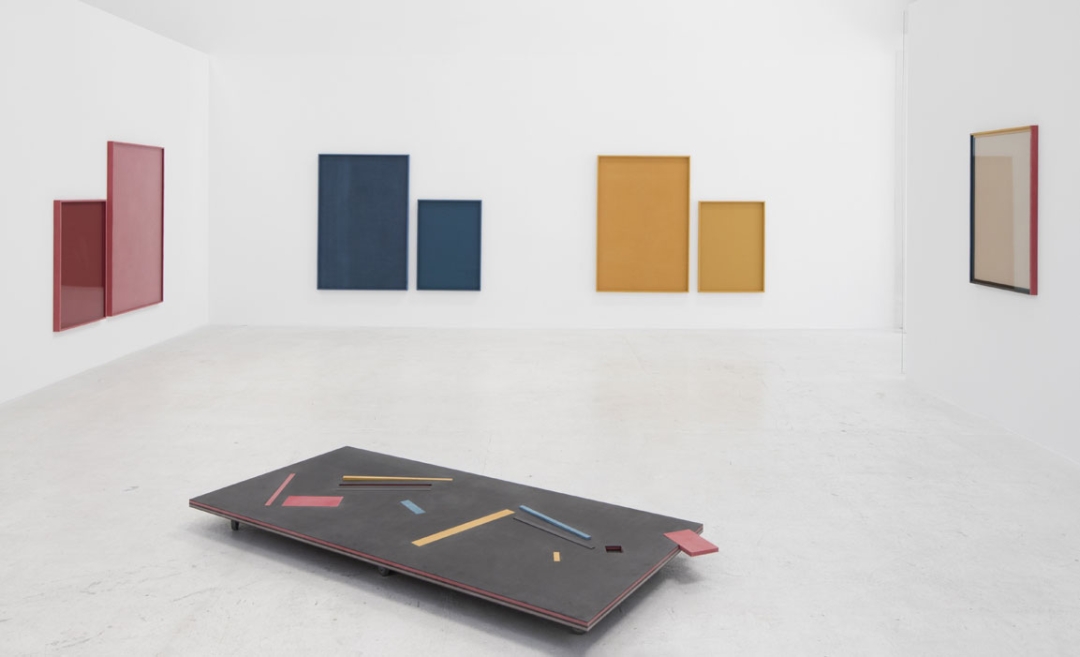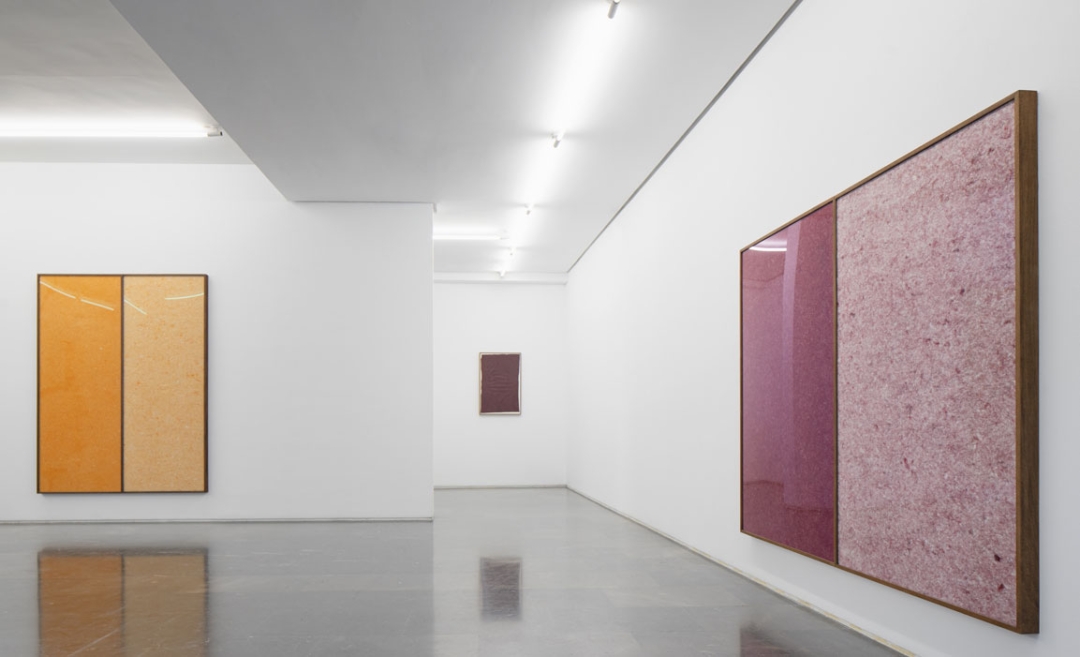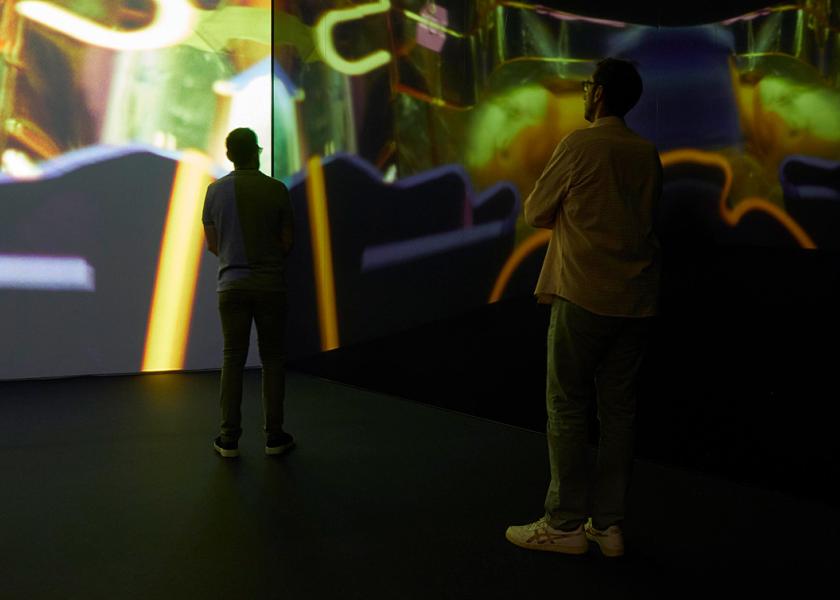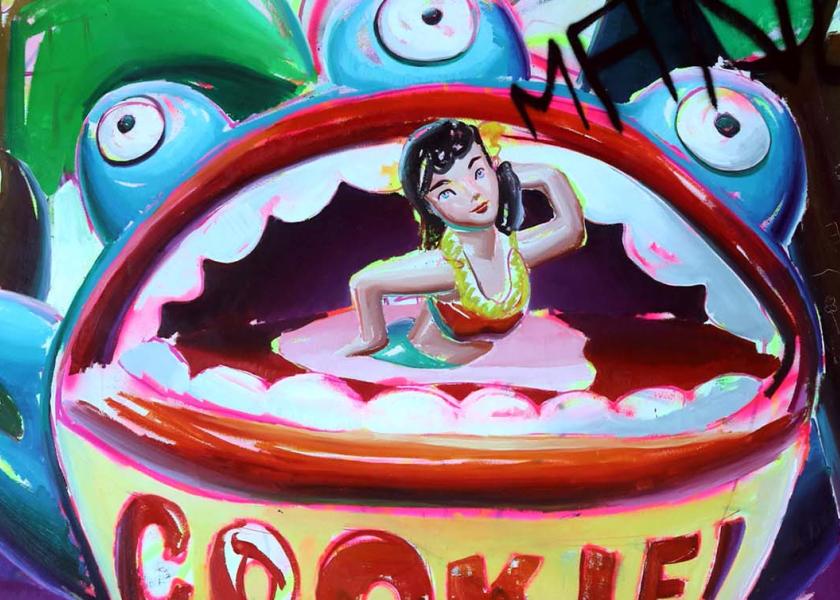Irma Álvarez-Laviada
Minimalism and delicacy
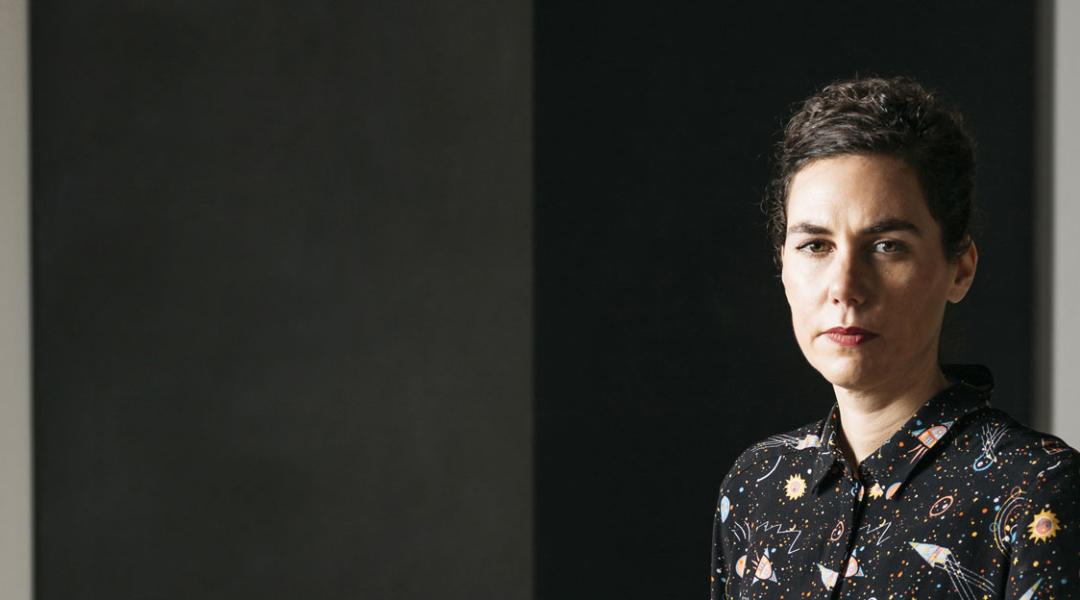
Irma Álvarez-Laviada has managed to transcend pictorial art and reinvent her work using materials in her studio. Perhaps it’s related to her resistance to things disappearing. Her personal style, wrapped in minimalism and delicacy, where colour plays a fundamental role, was a hit at ARCO 2022. Something she also achieved in 2020, when she received the Award for Emerging Art. Will she be equally in 2023?
“Sometimes absence leaves a bigger mark than presence,” Irma Álvarez-Laviada (Gijón, 1978) declares remembering her father, also a painter, who passed away when she was five. “I grew up surrounded by his works and his artist friends, who, alongside my mother, made sure that that communion with the world of art didn’t wane.” And it didn’t. Today, she’s one of the most well-renowned creators on the Spanish artistic scene. In 2020, Irma winning the Award for Emerging Art at ARCO. A winning streak at the greatest contemporary art fair in Spain that continued last year when she received the Pilar Forcada ART Situacions Award for her work Rojo, azul, amarillo y negro. Meanwhile, in the field of photography, she won the 2022 Ankaria Photo Prize for her series Myse en Abyme, which led to her featuring in a PHotoESPAÑA exhibition, alongside visual artist Linarejos Moreno. This year, she returns to ARCO with Luis Adelantado gallery. Will her talent receive more recognition? “Awards are always well received, but I don’t think there’s that much luck involved,” she replies.
But let’s talk about her art. A few years ago, Irma grew tired of the painting technique and sought refuge in her studio. “My studio isn’t just a place to work, but also a place to be,” she assures us. At that time, she looked at elements around her, until she realised that they provided her with new reflections about art. Wooden boards, cardboard and cards, and packaging and protective elements made up a universe with its own voice. Thus, she redirected her work towards a more structural aesthetic with obvious Bauhaus influences, a German architecture, design and art school that was key in the 20th century. “Many of those materials are connected to their practical use and go unnoticed. To me, they’re interesting and attractive based on their new meanings,” she adds. If we had to add soundtrack to her art, Irma herself would choose a piece by Erik Satie; so, if you like, before continuing reading, let the French composer music play.
Artistically, do you feel more comfortable now?
With regard to the process and work methodology, I feel freer because I don’t have to keep to a single workspace. Every day is different, my intuition is more present and I integrate other professionals into the work production process, which is really rewarding and insightful.
How would you define your progression then?
As a circle. I always return to the same ideas, concerns and concepts, although I try to tell them in different ways.
Do you know which direction your style is going in?
I have no idea (laughs). I let myself go with the flow of work and the process leads the way, taking me to places I’d never even contemplated. That’s the magic of art.
“The process leads the way, taking me to places I’d never even contemplated. That’s the magic of art”
During a time, you were obsessed with circles and now you’ve succumbed to straight lines. What attracts you to geometry?
This is something I also ask myself and haven’t managed to understand yet. I can’t find an explanation. It’s there, intuitively. It’s simply something I can’t avoid doing.
Some people call your art “expanded painting” (an art form in which other disciplines, like photography, sculpture or video intervene, conveying the work to a new medium). Do you agree?
I don’t like it or identify with it. I don't feel the need to label what I do. In fact, I still paint and work with colour, composition, the issue of figure and background, the physicality of matter.
Why such a minimalist aesthetic?
That aesthetic is the means to question the concepts I work with. I talk about painting and, also, about the void, focusing not only on what we see, but also on what’s missing but is still visible. It helps me to reflect on the hierarchy of the materials and the processes the work goes through before being seen and understood as art.
Which message lies behind your cardboard colour series, for example?
The cardboard series Todo se parece a algo reflects on the standardisation of materials. The cardboard has been treated to look like wood and, in turn, is carefully chosen to chromatically match the colours of the MDF board so that, in a way, the audience confuses both materials, despite being used in very different ways. This establishes an interesting relationship with the concept of iterability: everything is essentially repeatable and can be inserted into different contexts.
Is all this in your head before starting a piece?
In general I know the concept I want to work and, from there, I begin a process of theoretical and practical research to formalise the pieces.
Are you picky about how your works are exhibited?
I’m really meticulous about how a piece is finished and also where and how it’s installed, because often times my pieces aren’t finished until they’re installed. We always say that a work extends into the exhibition space.
“I’m not an artist for whom things have gone quickly. I’ve had to knock on many doors”
After ARCO, where can we see your work?
I’m preparing an individual exhibition for the Museum of Fine Arts of Asturias. It’ll take place this year. It’s a project that coincides with the extension of the museum and I’m really excited and motivated.
Have you struggled to get your talent recognised?
I’m not an artist for whom things have gone quickly. I’ve had to knock on many doors; if I’ve applied for a grant, I’ve had to do so several times before receiving it. This also proves that things have happened to me when they had to happen, which, I must confess, makes me feel at peace.
So, beyond the recognitions you have already received, are you no hurry to succeed?
ÇSpending all day at the airport, having three or four galleries around the world, opening studios in different cities... It can be a bit overwhelming. It’s something you have to know how to deal with and I’m not sure I’d know how to.
